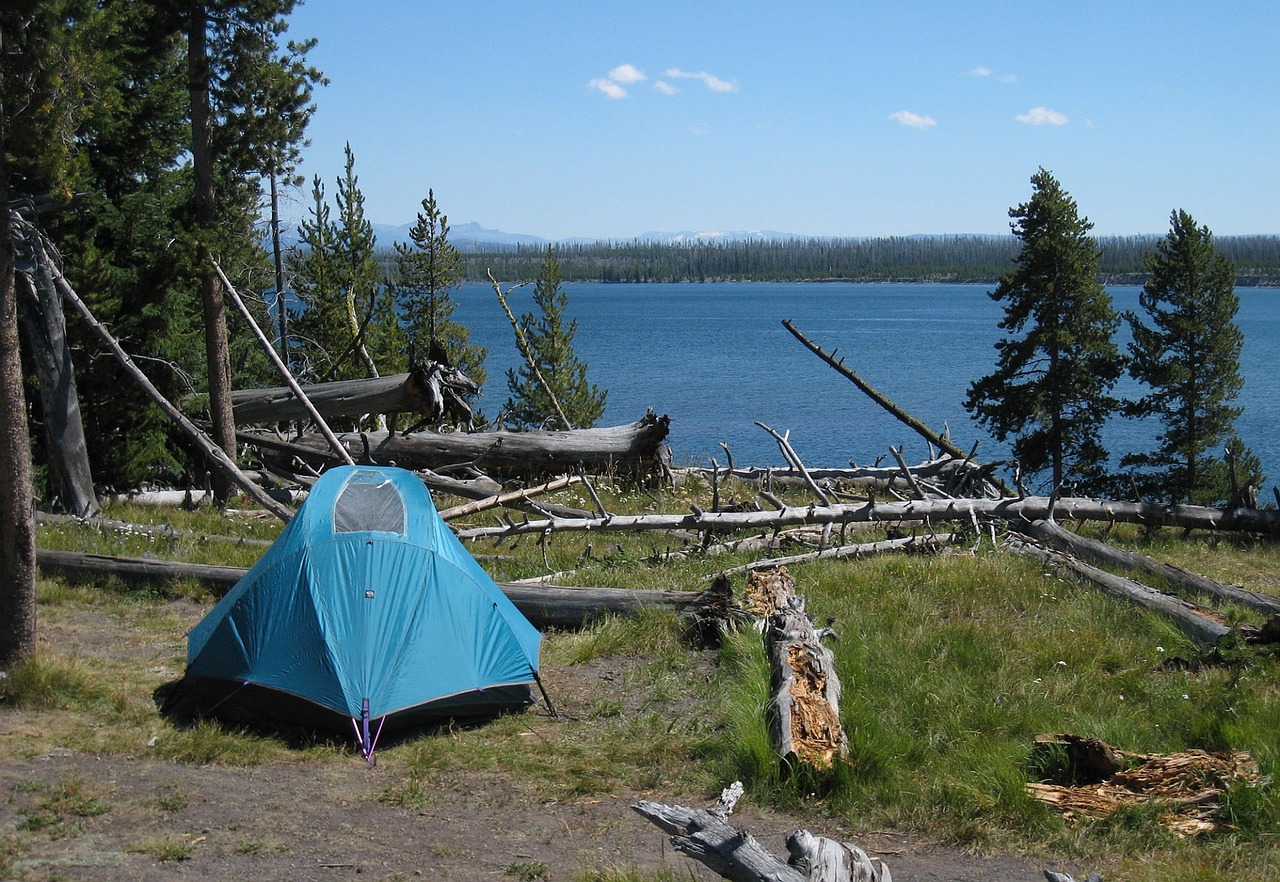After a very long winter that seemed like it would never end, now it’s time to get ready for camping, cottaging, RV’ing, hiking, fishing, boating, ATV’ing, and just getting outside in the great outdoors! And do it safely and prepared.
This past winter saw plenty of extreme weather events, and a rash of drownings via snowmobiling. Many would have survived had they heeded warnings of unsafe ice conditions, and if they’d worn flotation suits. The same common sense and preparedness applies to spring-summer-fall outdoor activities. Here’s a review of survival preparedness for a few popular Outdoor Pursuits:
Camping:
In addition to standard camping gear, eg tent, tarp, sleeping bag and underpad, camp stove and mess kit,water purification and food provisions, bring a rope or pully system and bag for food hanging and bear proofing. Also have an emergency survival and first aid pack, communication equipment, map/compass/handheld gps unit, and leave a backup trip plan with someone (or local authorities). Finally, dress for the outdoors: woolens, fleece, gortex shell, merino wool or fleece longjohns, warm and sun hat, and outdoor footwear.
Fishing and Boating:
Wear properly fitted, Transport Canada flotation, and have signal flares, fox-40 whistle and air horn. Also, have a PLB or marine working locator beacon, survival and first aid pack (waterproofed), and leave an emergency trip plan behind.
Hiking:
Carry a portable survival and first aid pack. Let someone know where you’re going, and when expected back. Carry reliable communication equipment, eg SPOT or In-Reach personal tracking device, smartphone etc. Dress for the great outdoors, employing the concepts of base layer, insulation layer, an outer shell. Wear properly fitted and worn-in hiking boots, and I recommend wool socks for qualities of keeping dry, and preventing blisters.
Automobile Road Trips:
Make sure that you don’t trust car GPS units in rural and wilderness regions. Rather, you should double check routes and road maps beforehand. It’s a great idea to invest in a cell phone booster amplifier. I have a ‘Wilson’s Sleek Model’, sold at Canadian Tire and The Source retailers. A booster will amplify your signal 20 X’s, and give you coverage in many dead zones. Also, you should have a roadside assistance plan.
The following are also recommended:
-instant tire inflater spray can
-fully inflated spare tire
-sleeping bags -20 Celsius rated
-wool blankets
-extra woolen and fleece clothing
-flashlight
-candles
-roadside flares
-bottled water
-high energy foods
ATV\’ing:
Carry a bush survival and first aid kit, communication equipment, navigational gear, and a sleeping bag/underpad and tarp or small tent.
I’m addition, have winch, battery booster inverter tools and extra spark plugs, and instant flat tire repair can and air pump.
RV\’ing and Cottaging:
In addition to everything in the camping section, have extra wool blankets and clothing, backup deep cycle battery and generator, portable solar system, and extra jugs of water. A chemical portable toilet is a good idea. A minimum 72 hour food supply is recommended.
 I would recommend buying our new book, ‘How to Start a Fire with Water: 501 Survival Skills that could Save Your Life in any Disaster‘.
I would recommend buying our new book, ‘How to Start a Fire with Water: 501 Survival Skills that could Save Your Life in any Disaster‘.